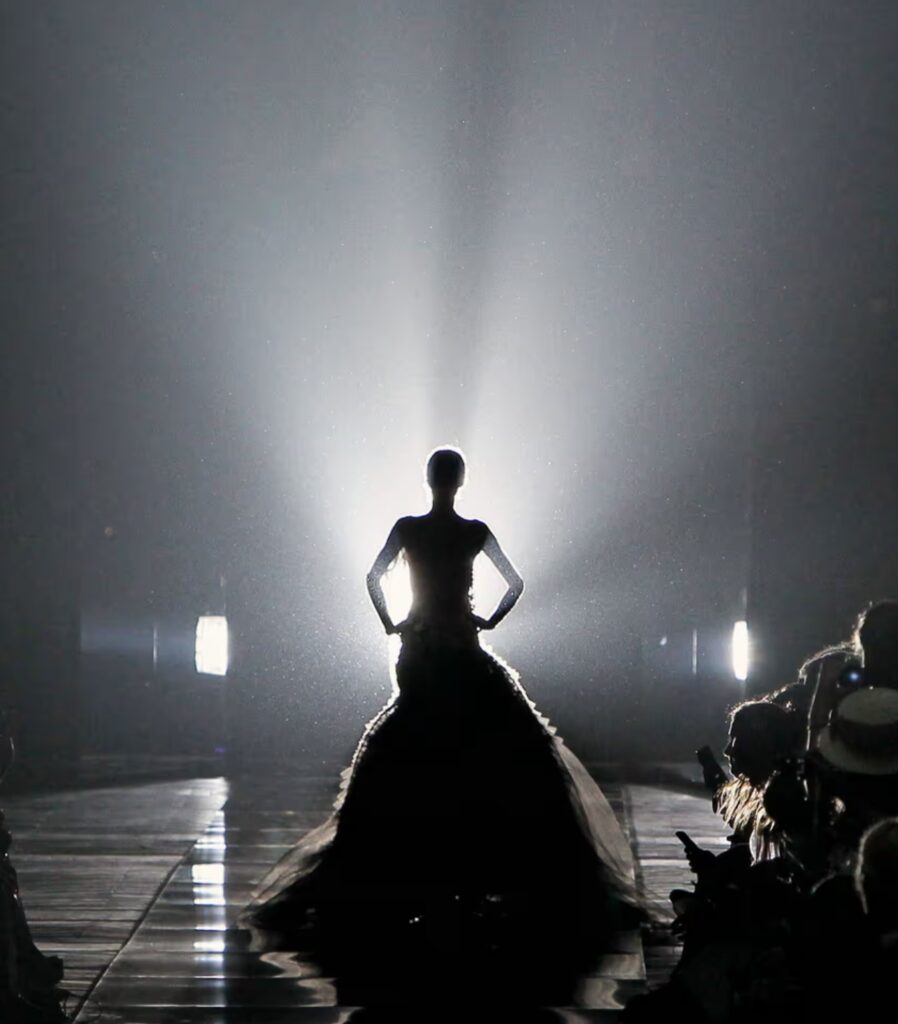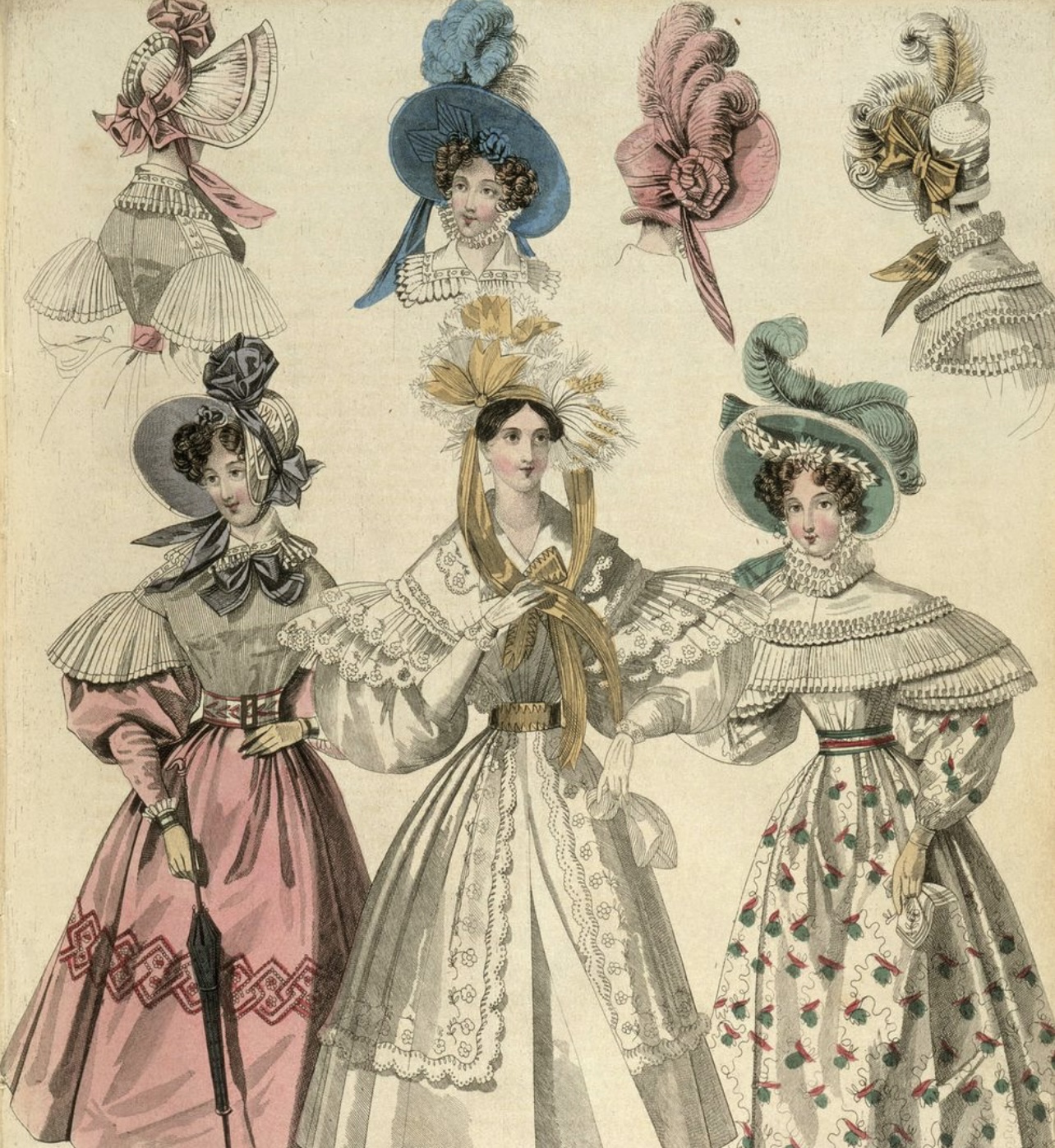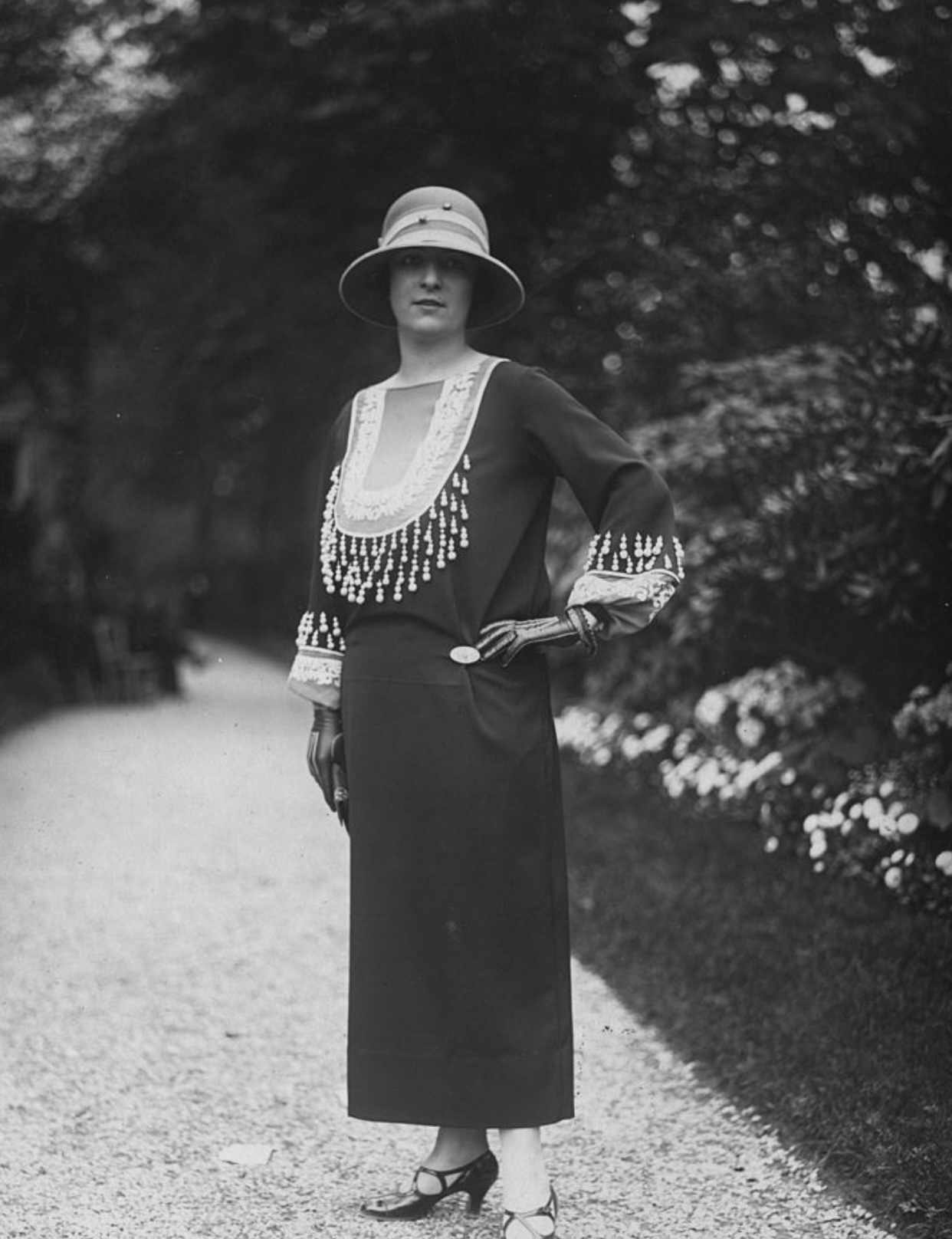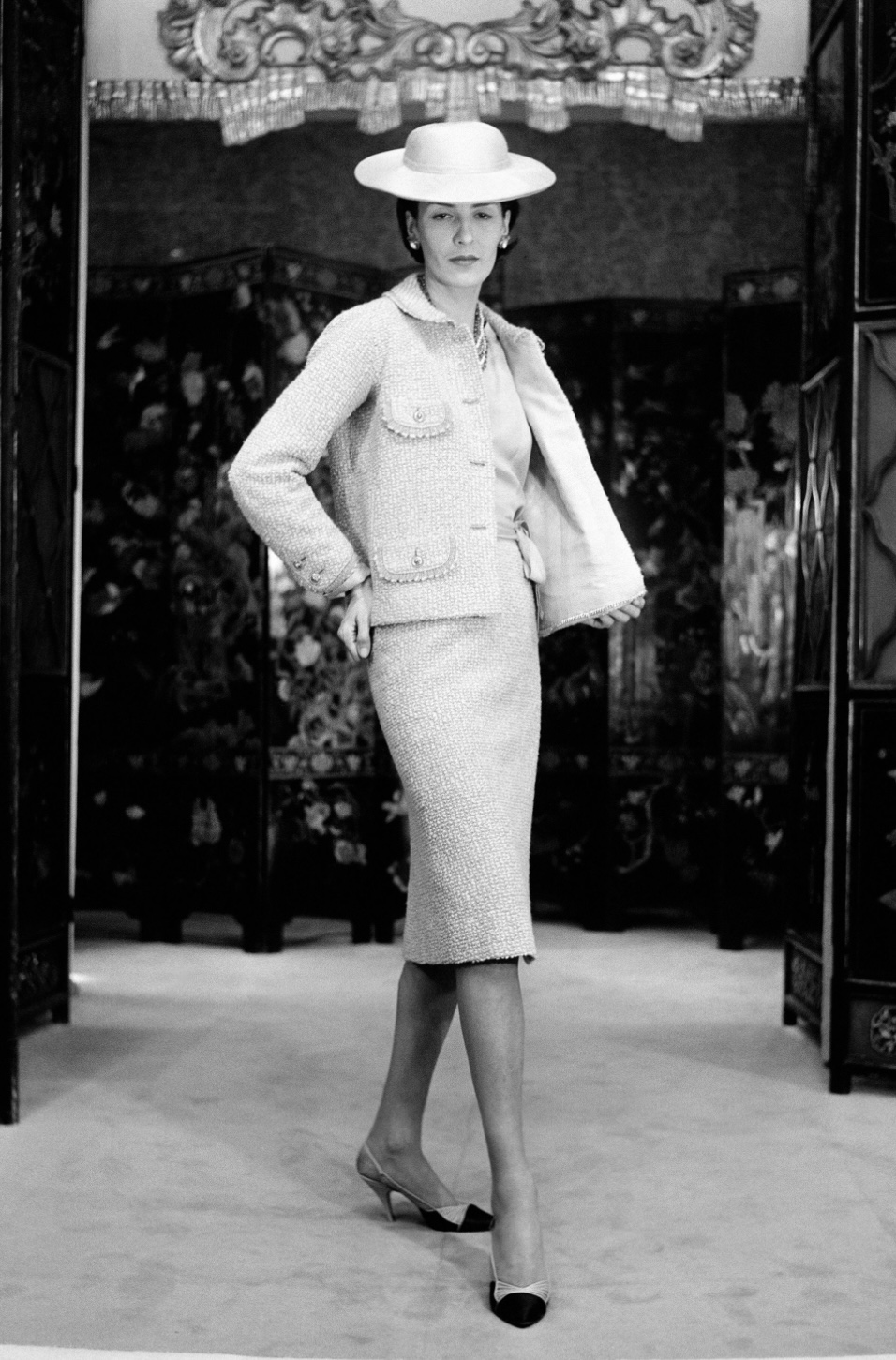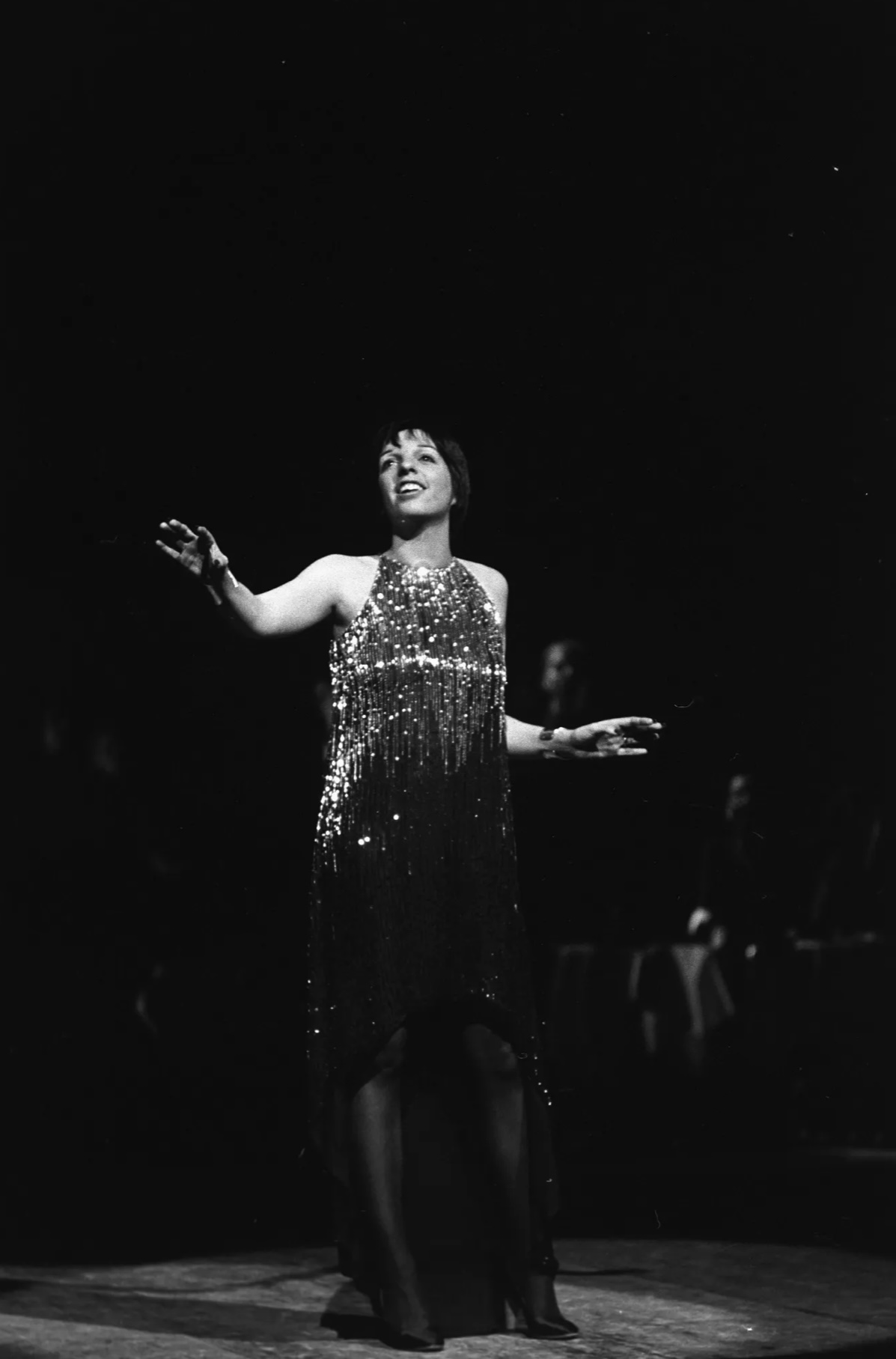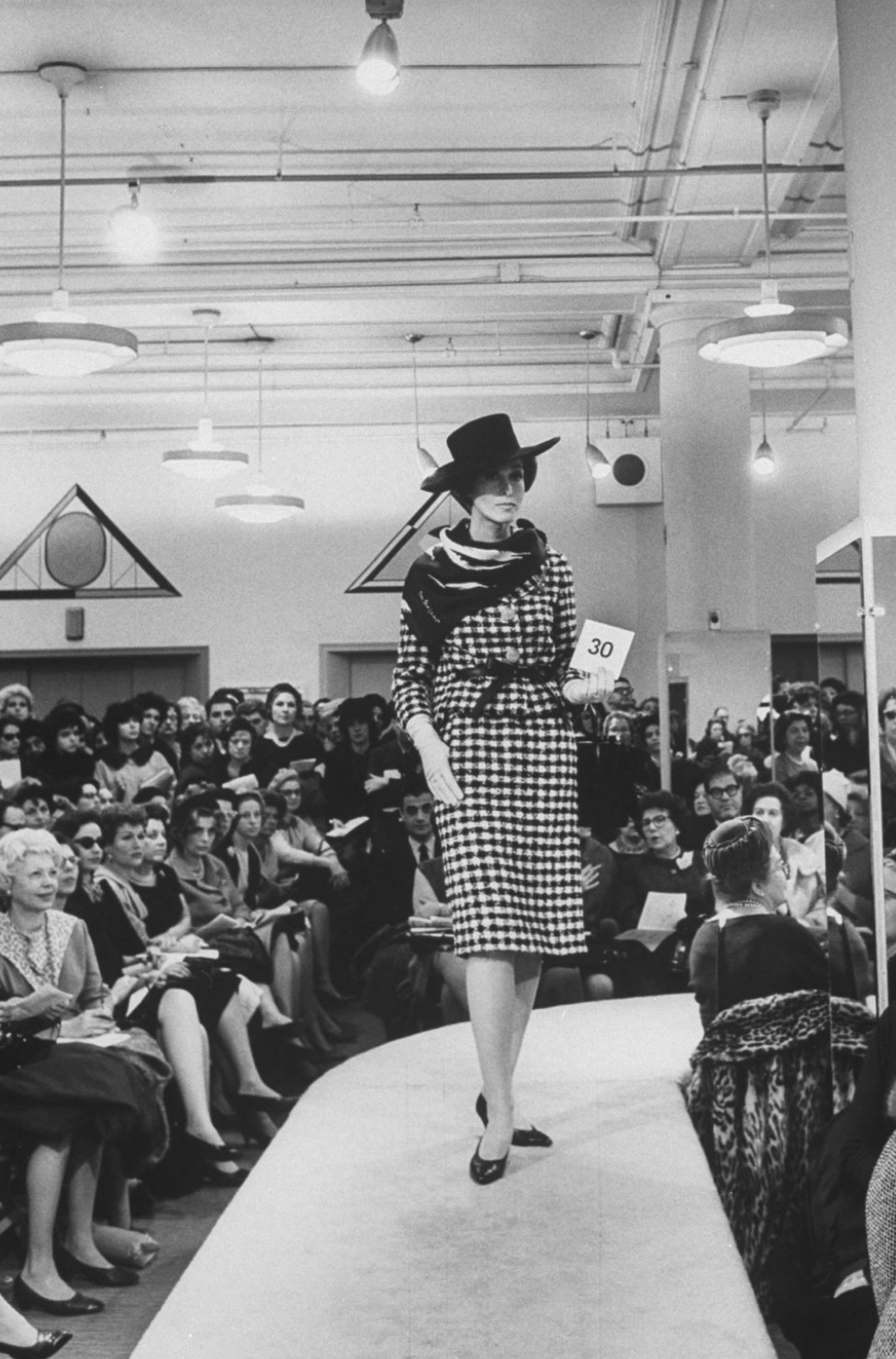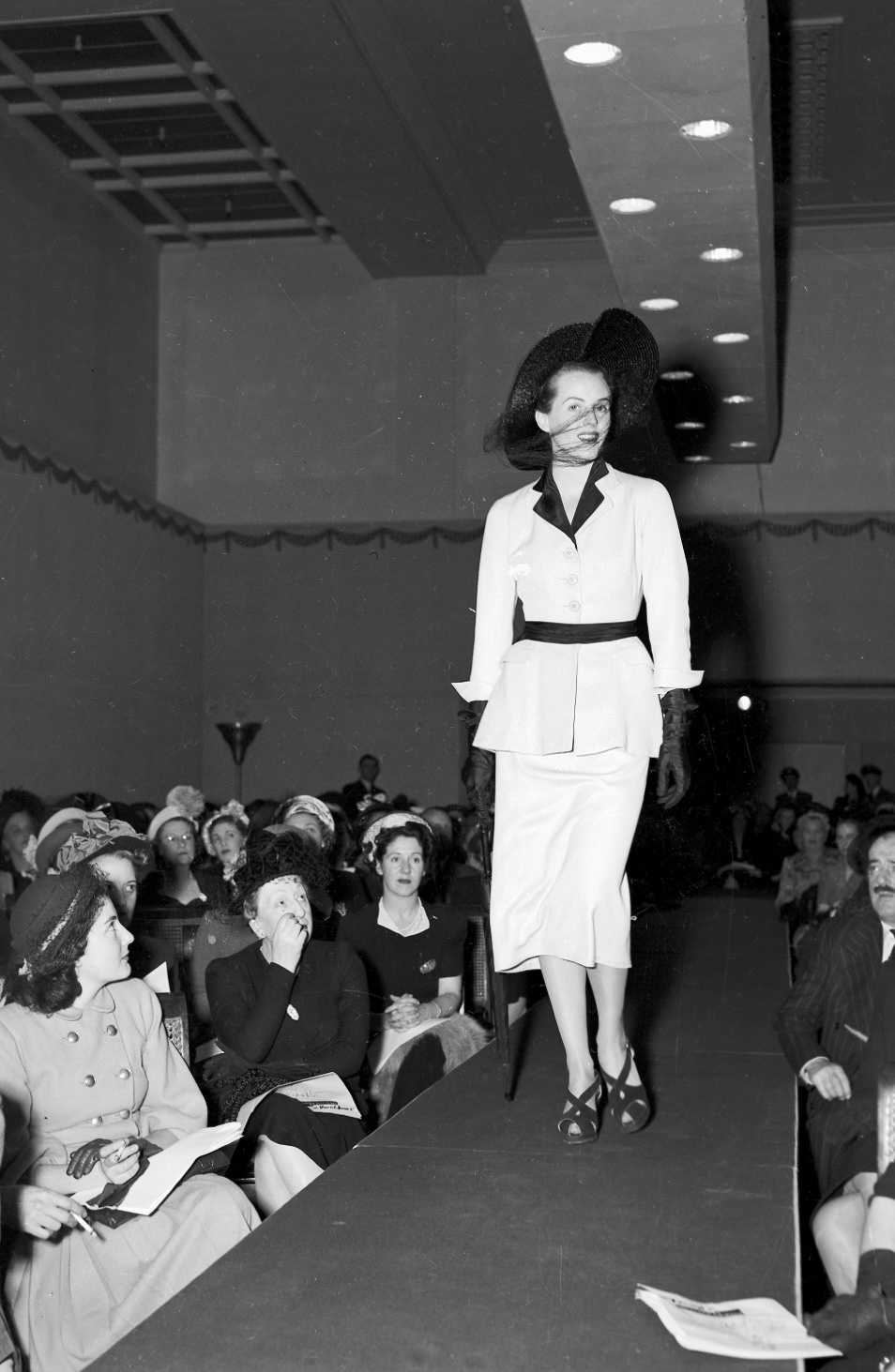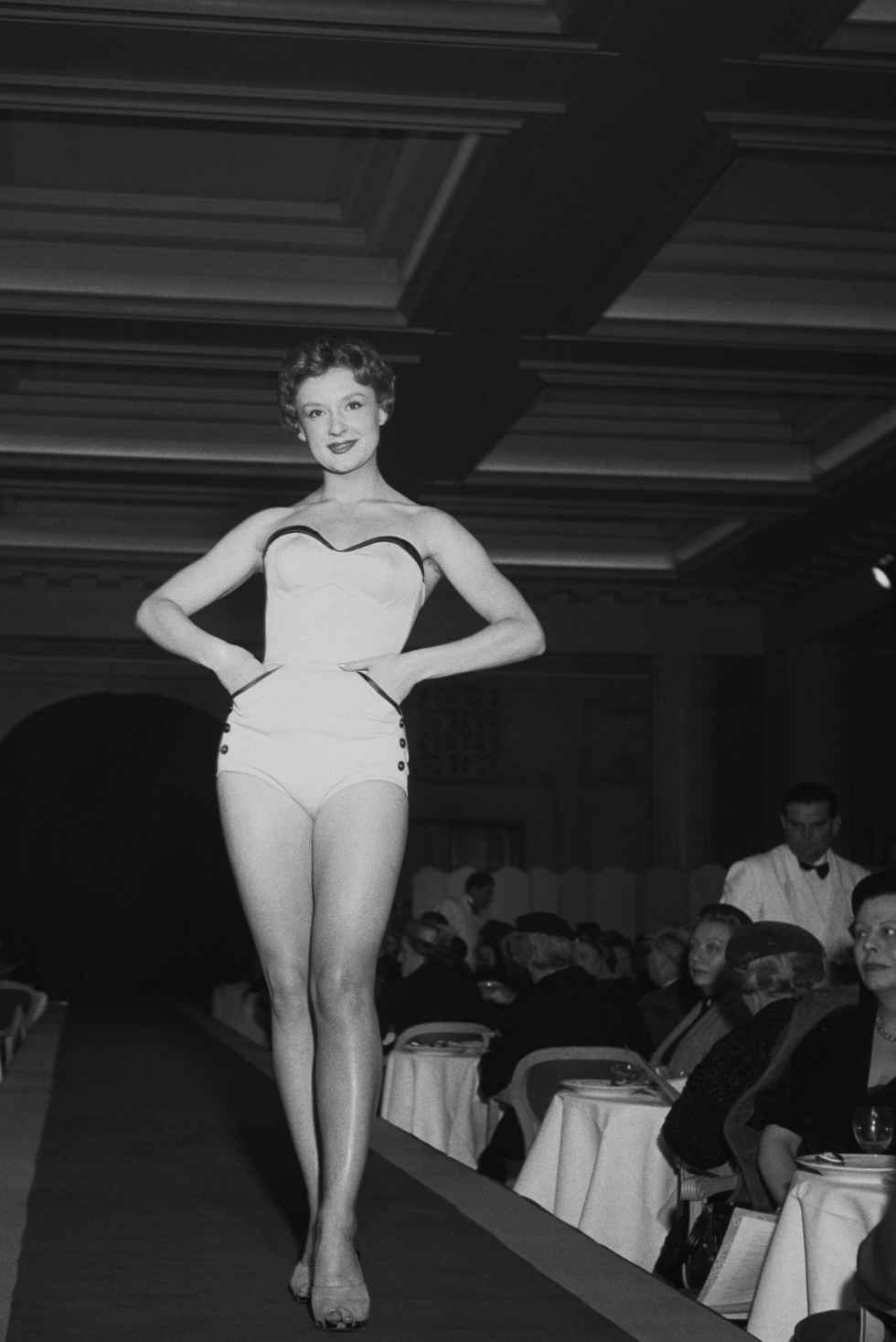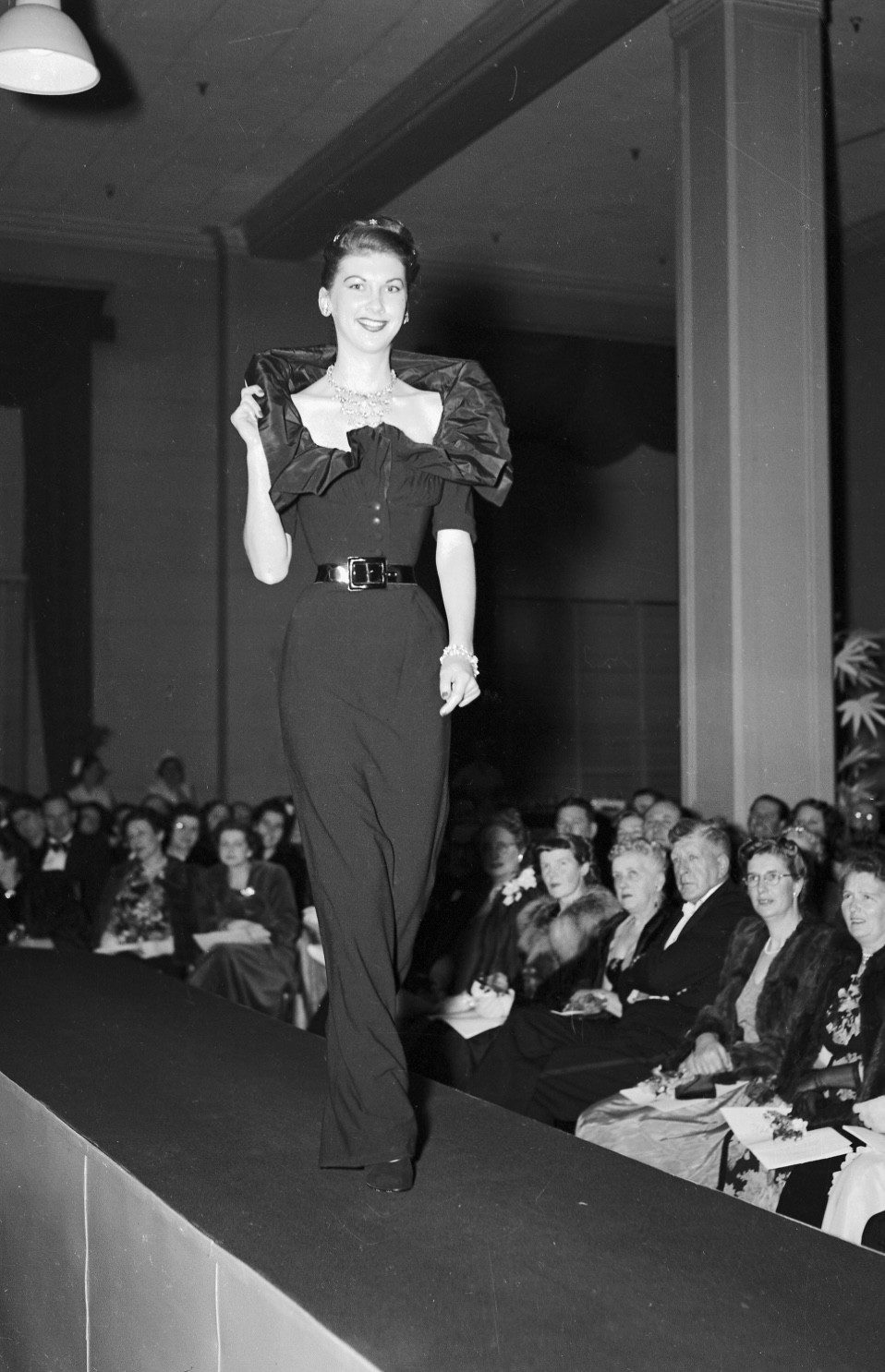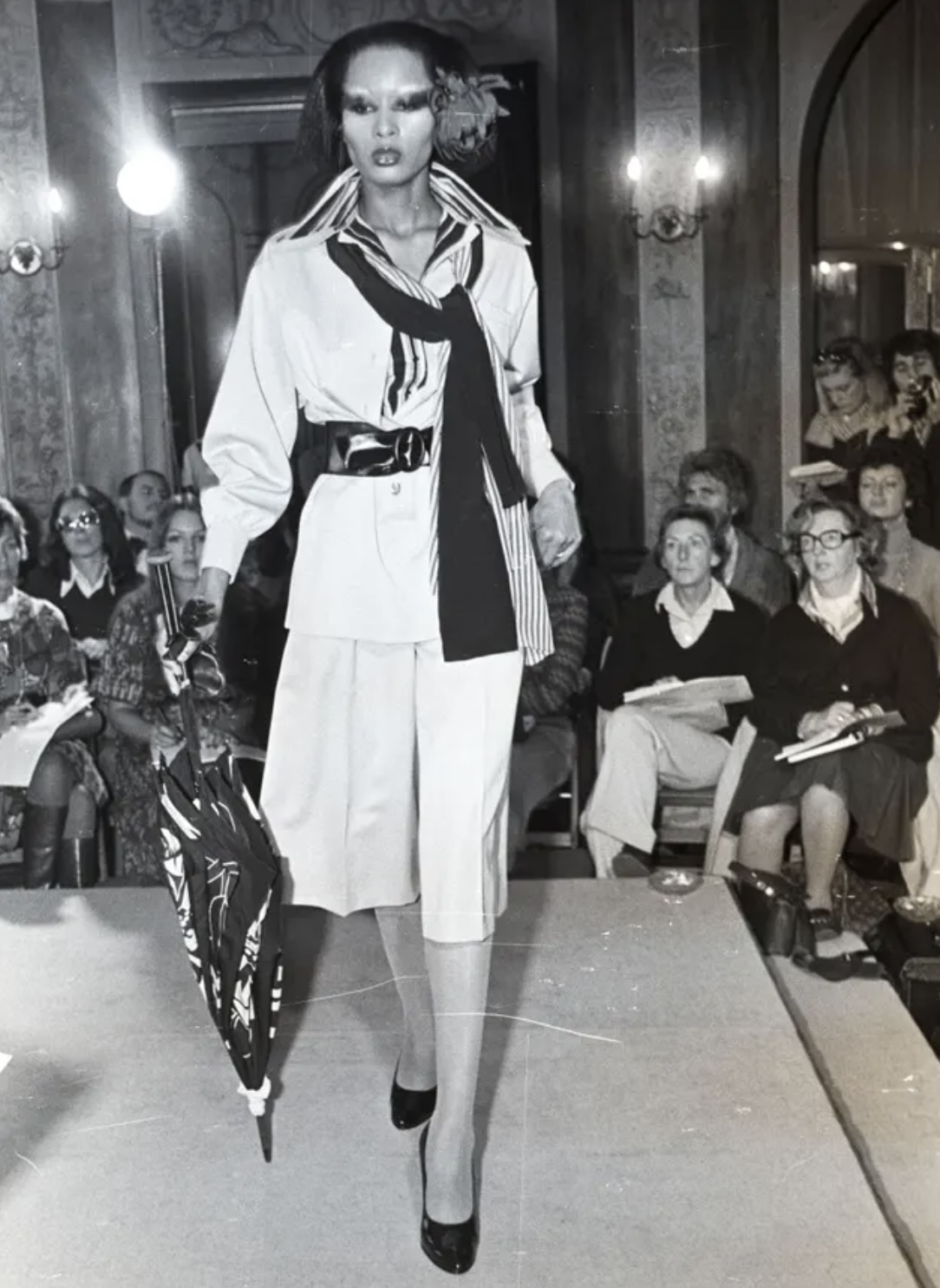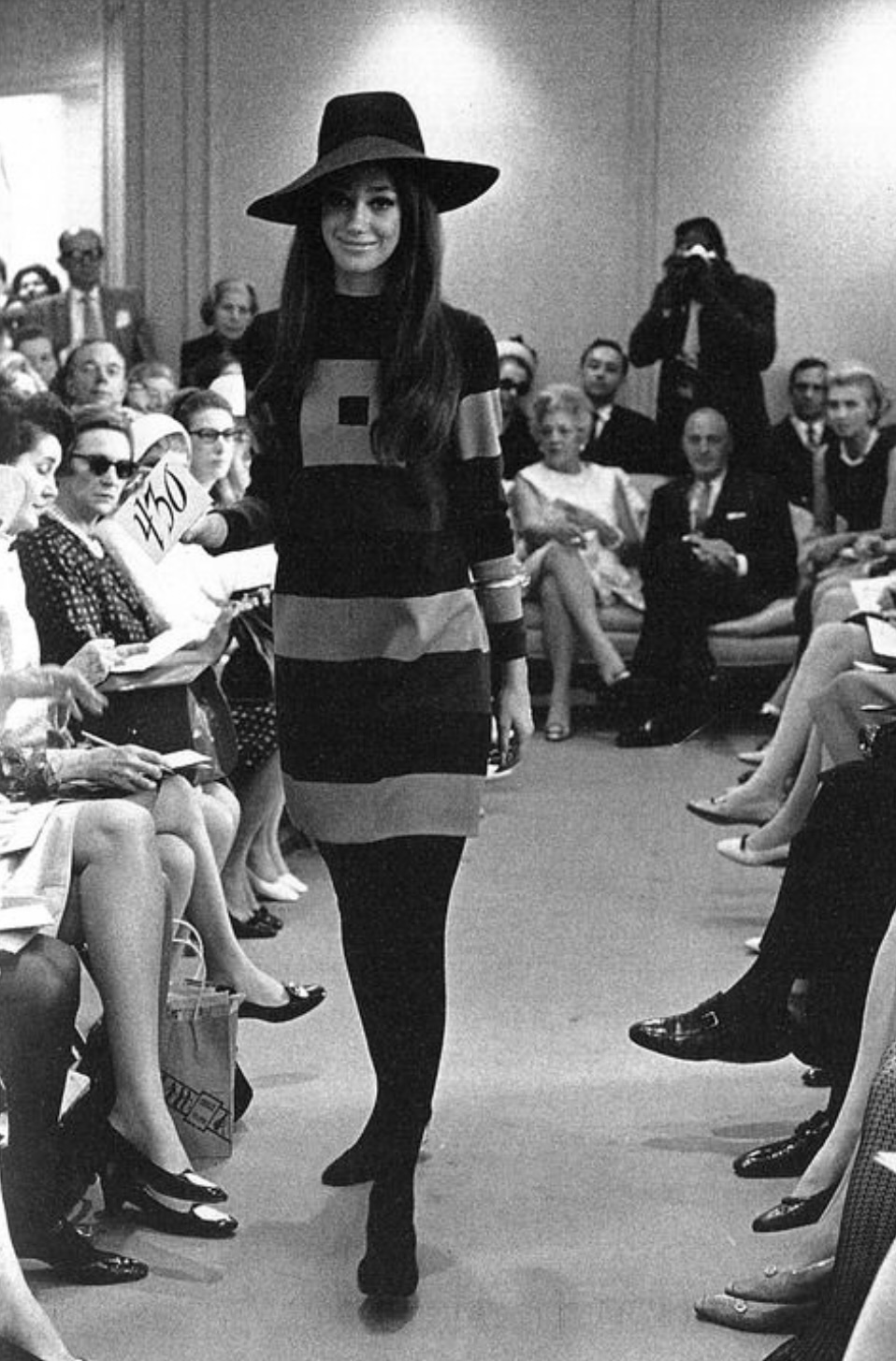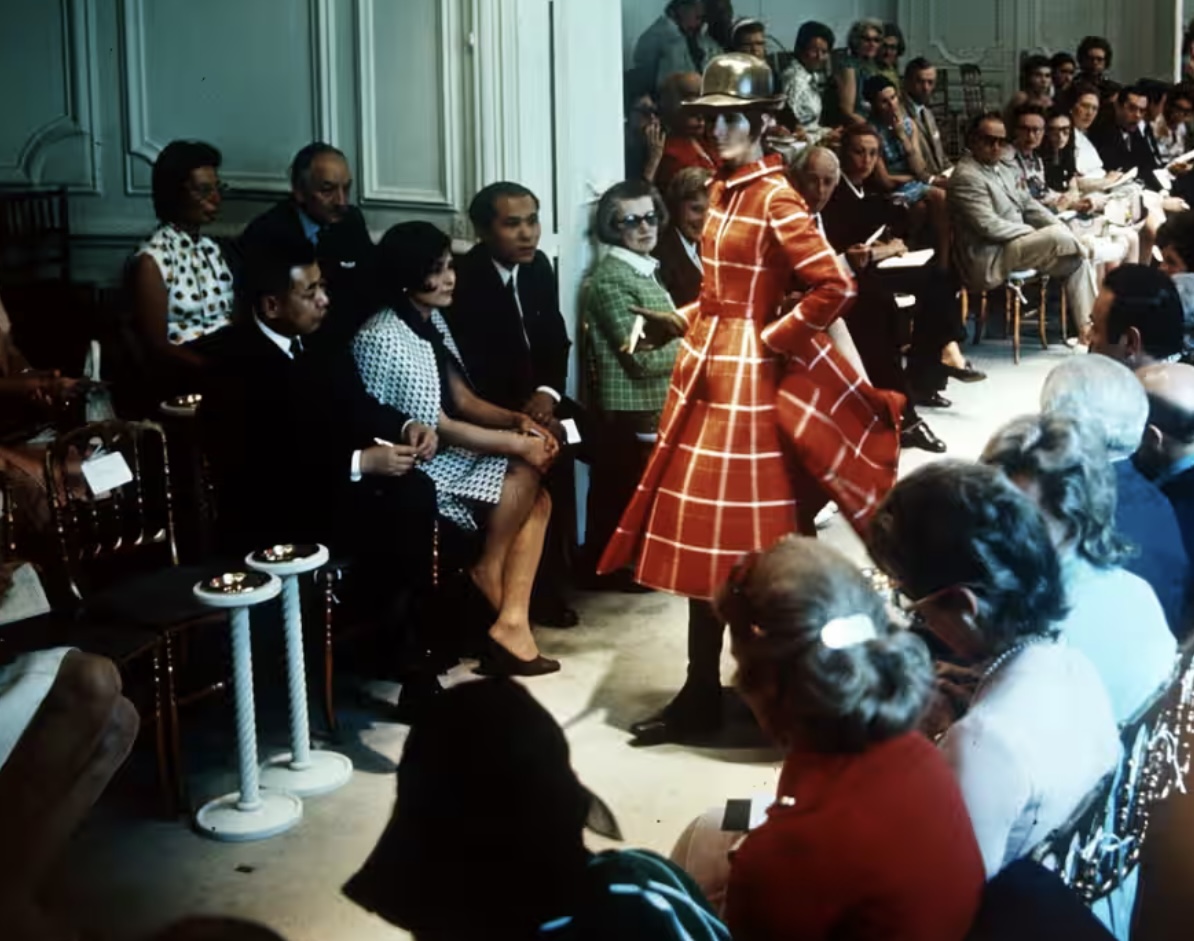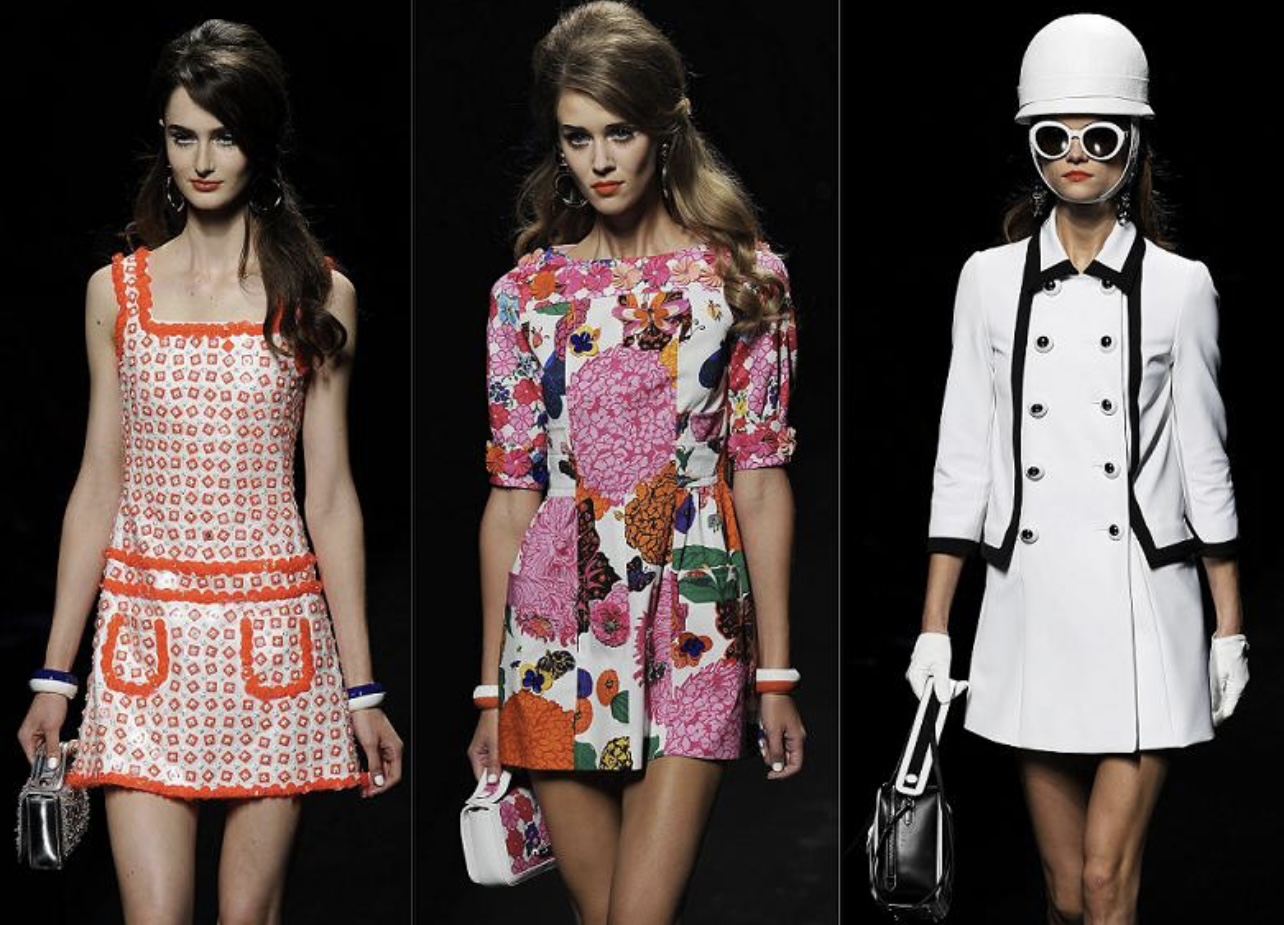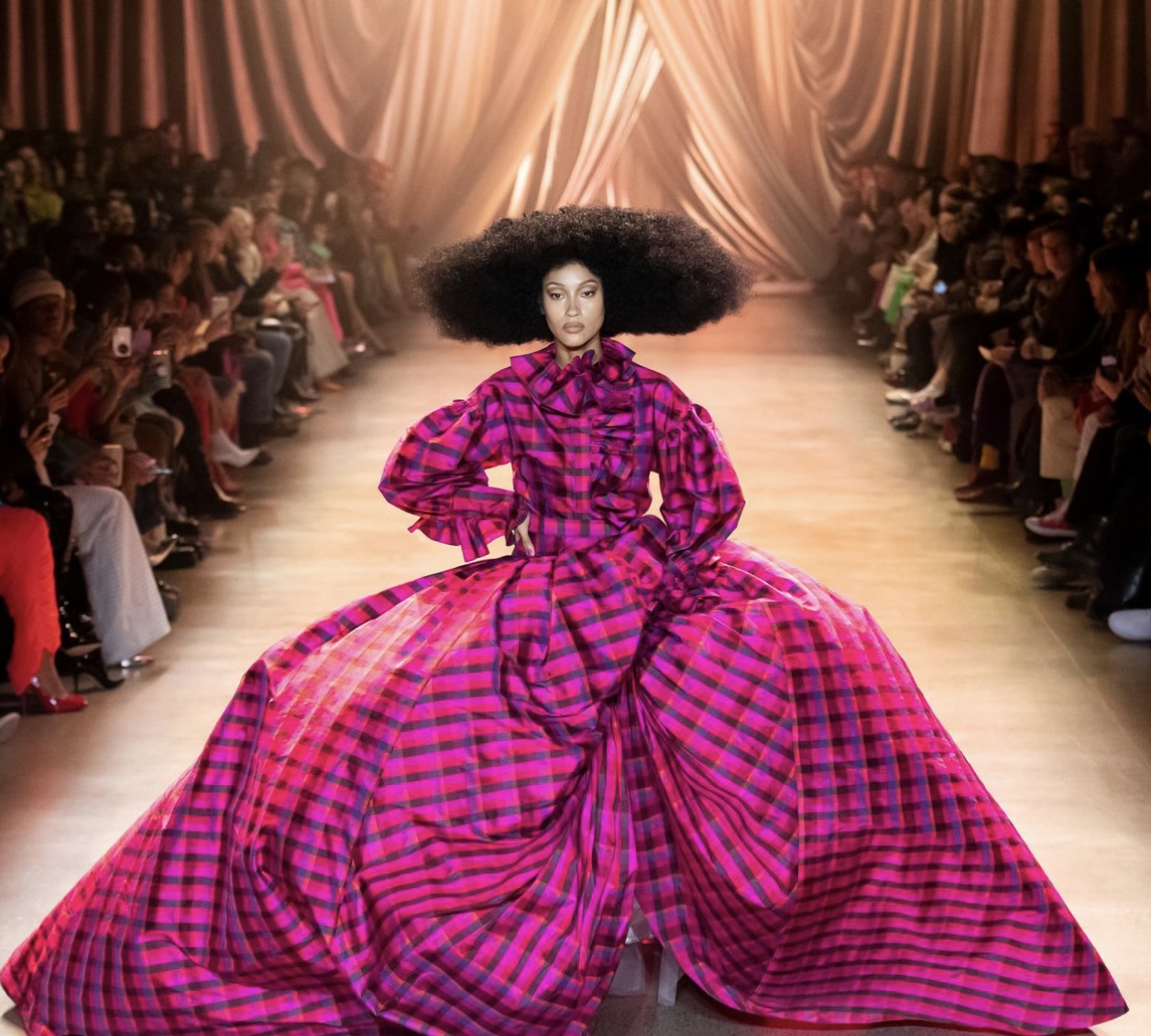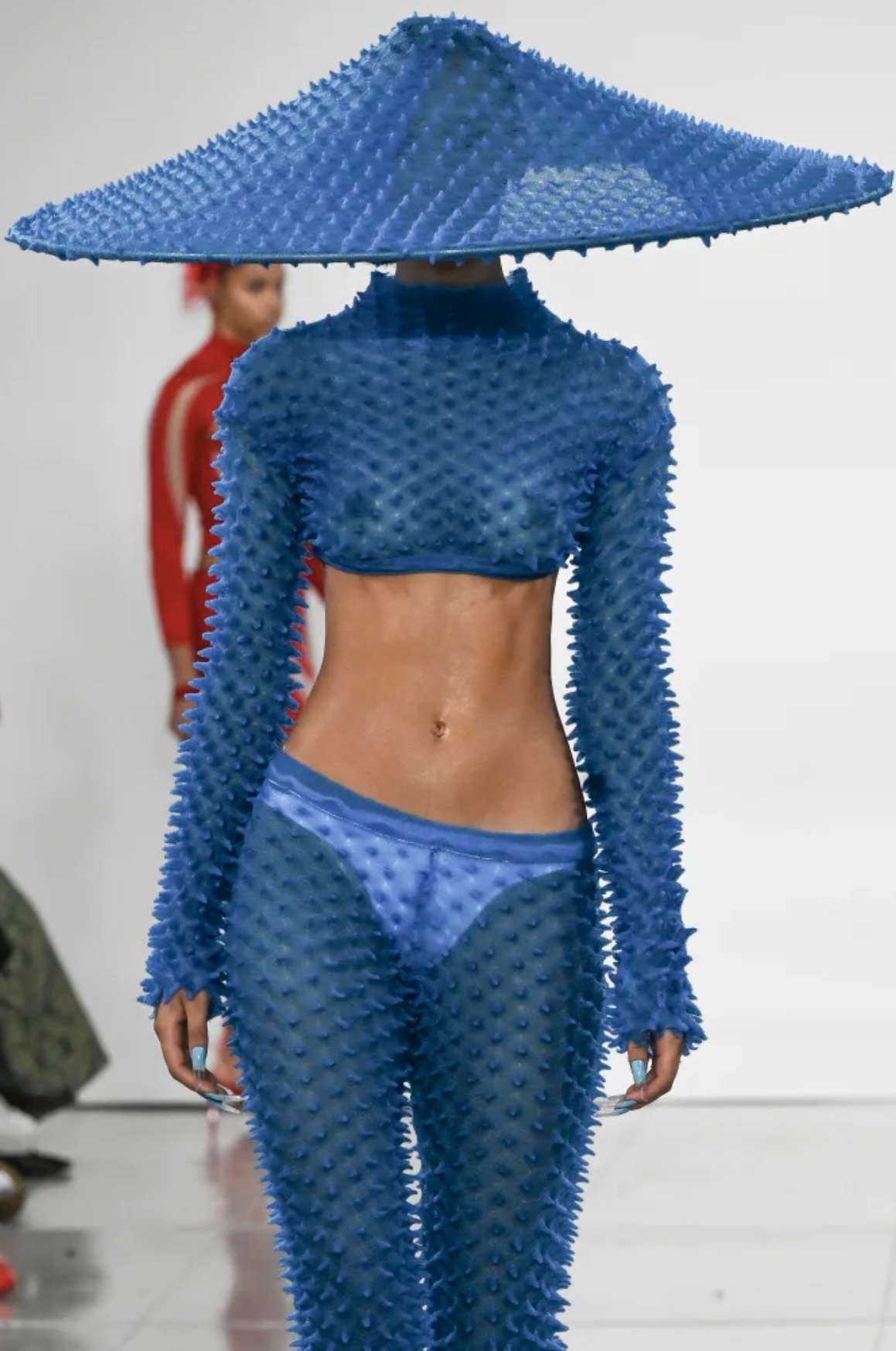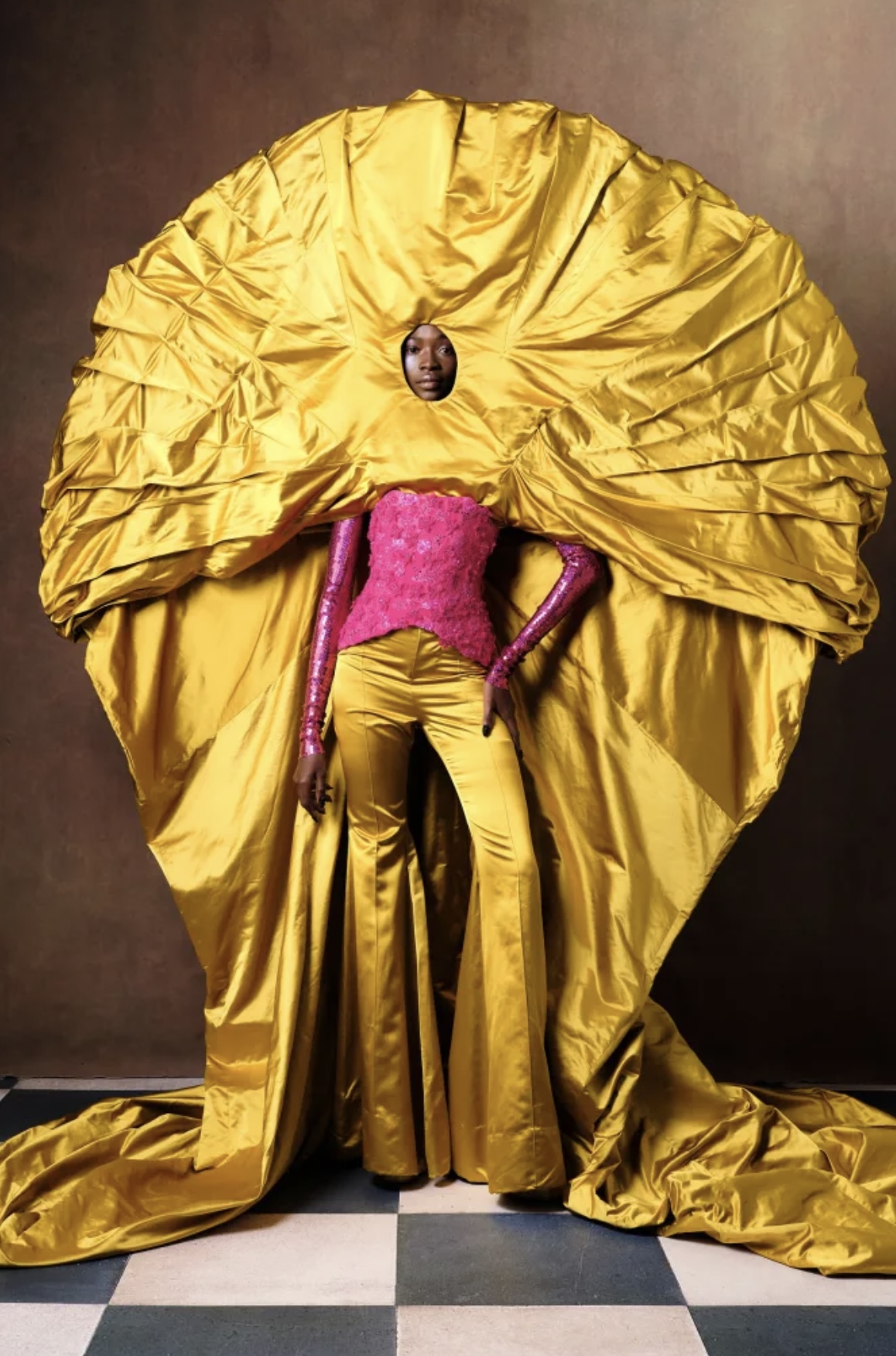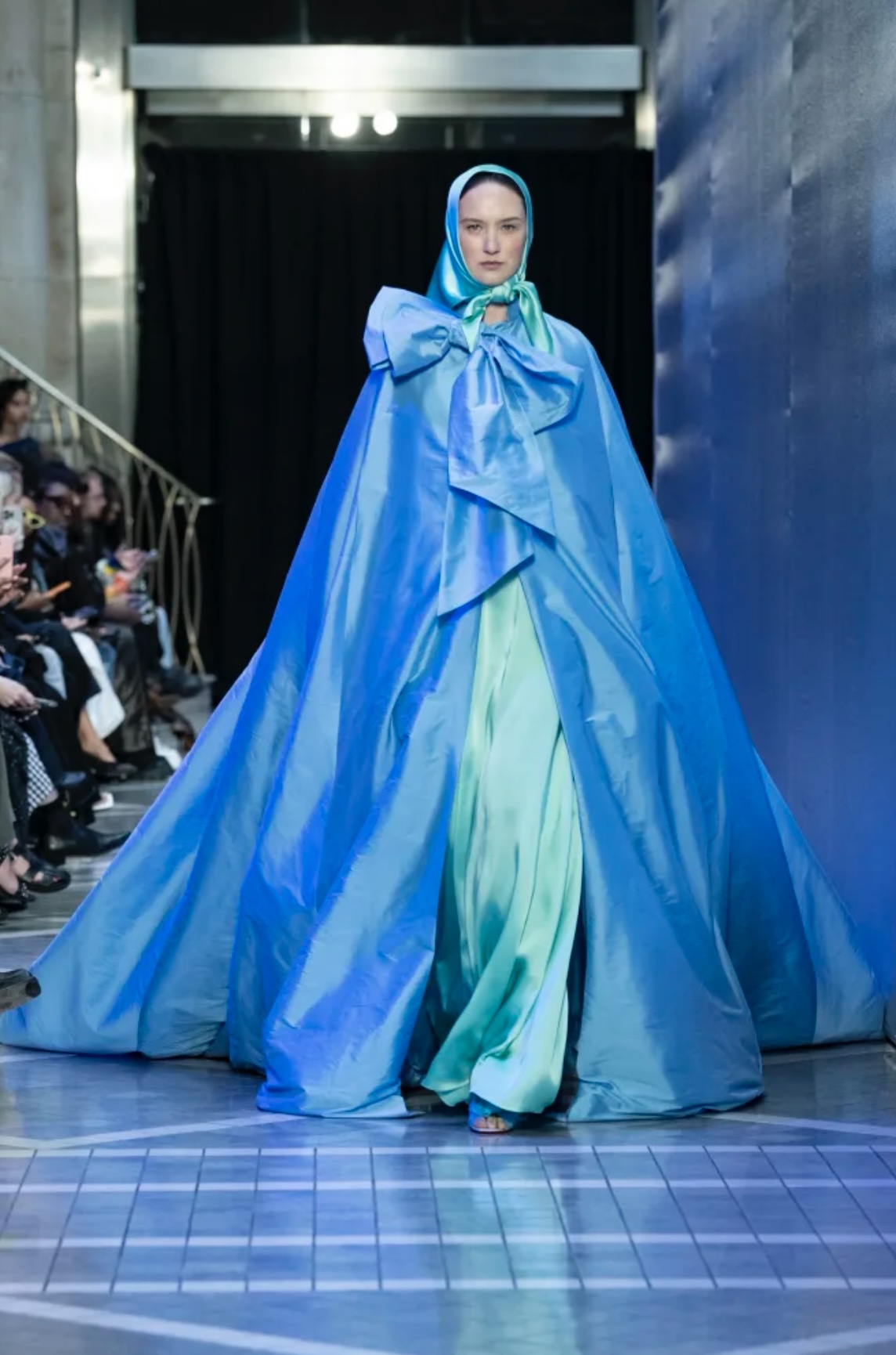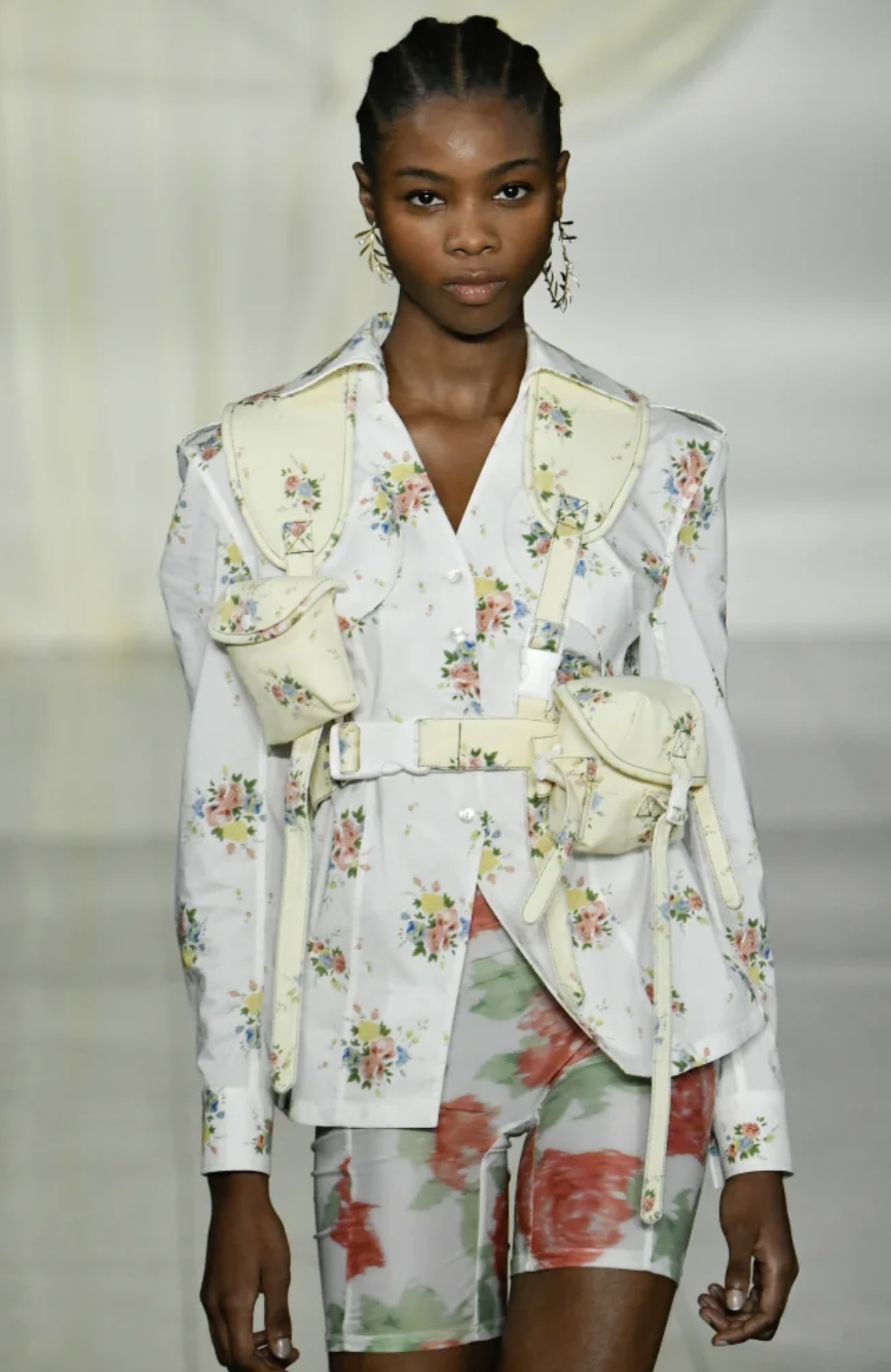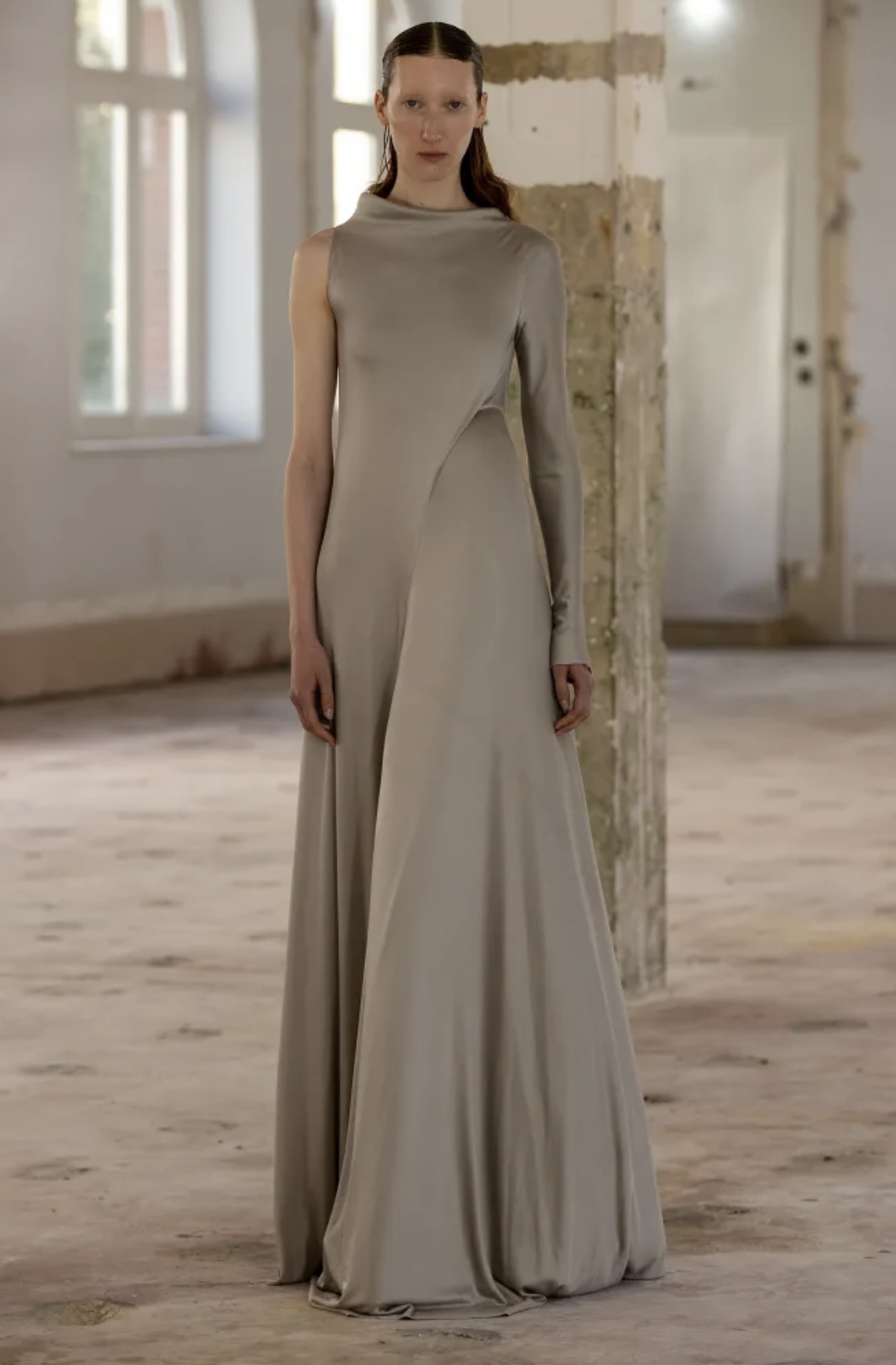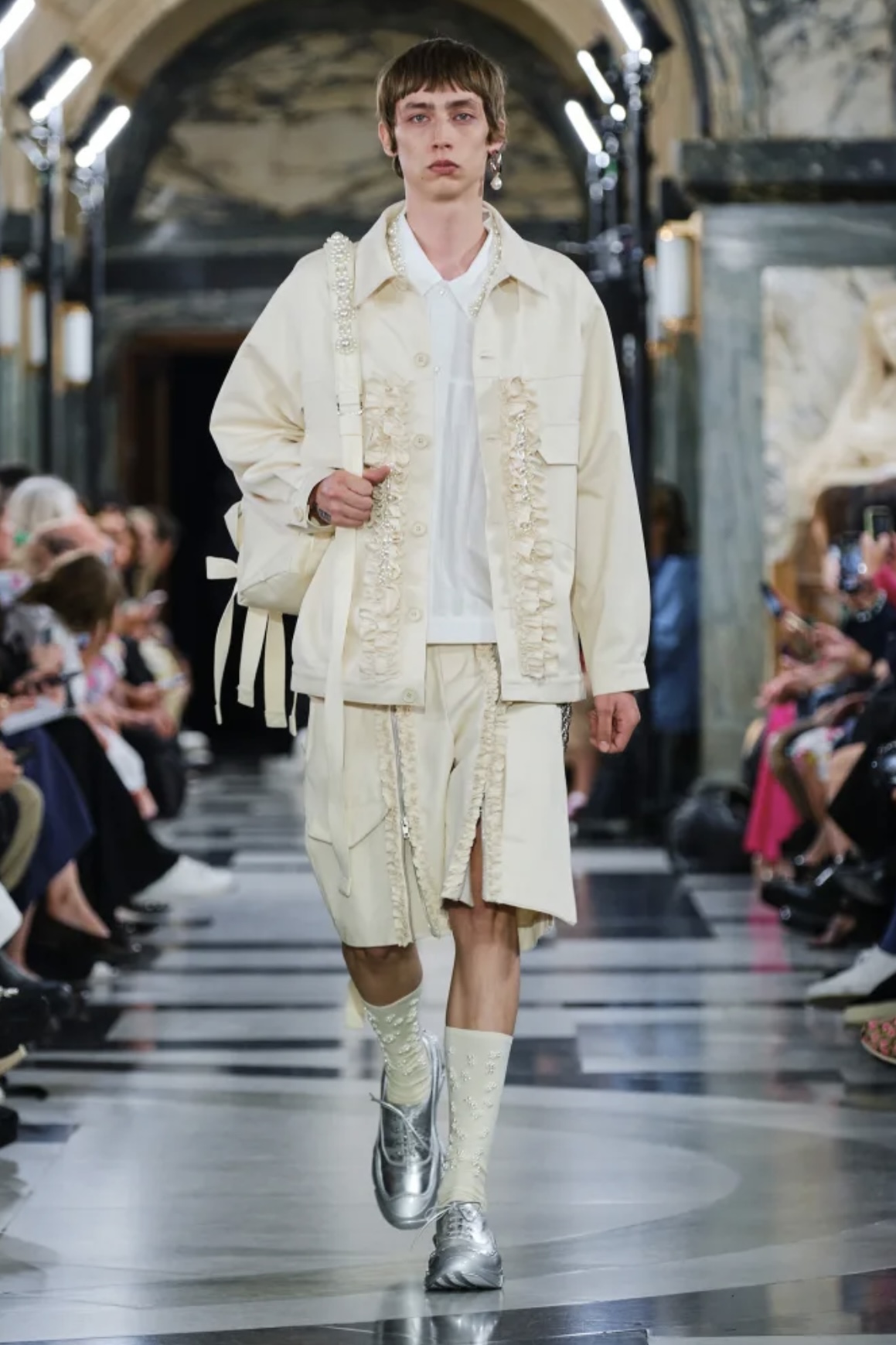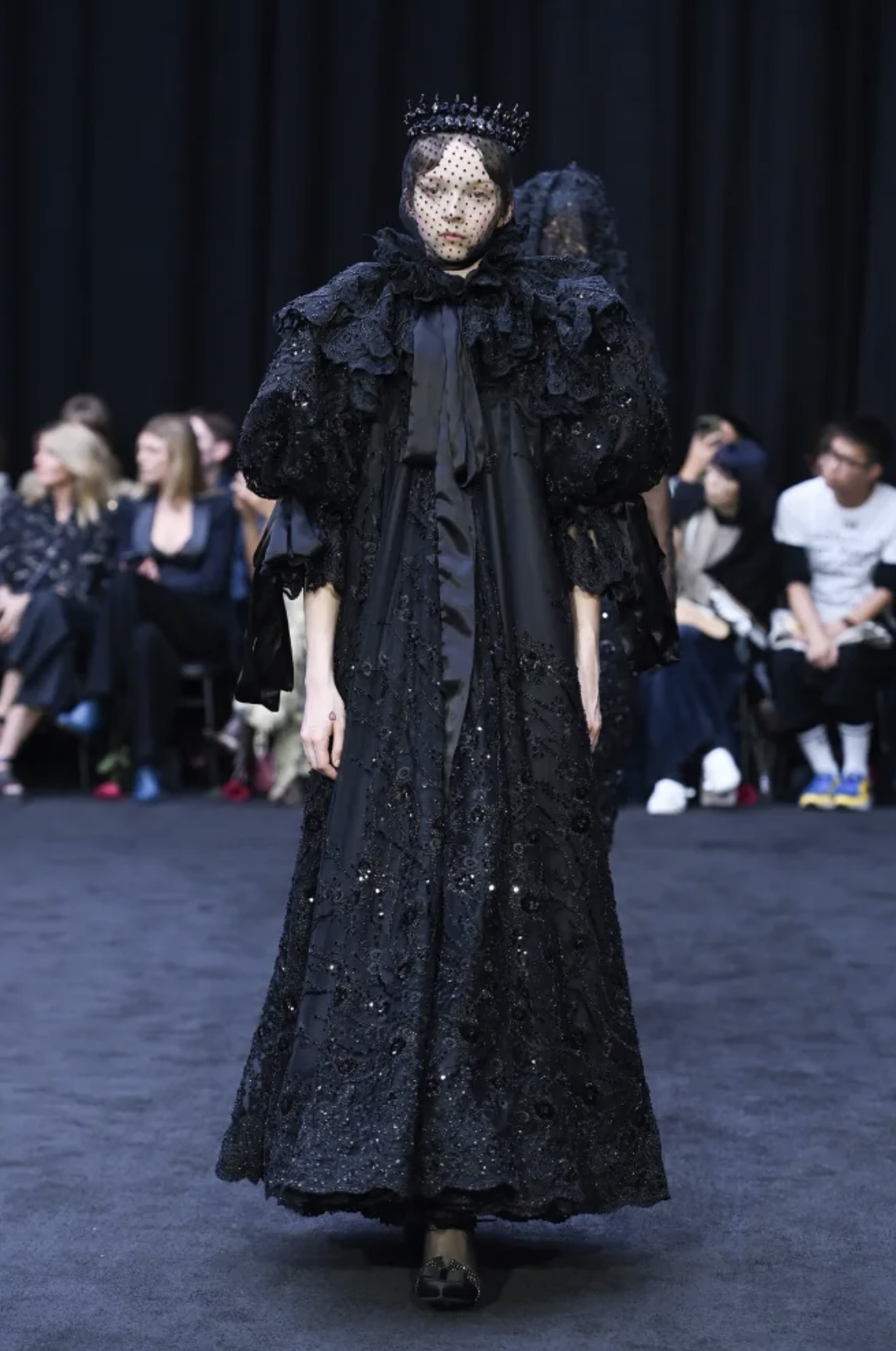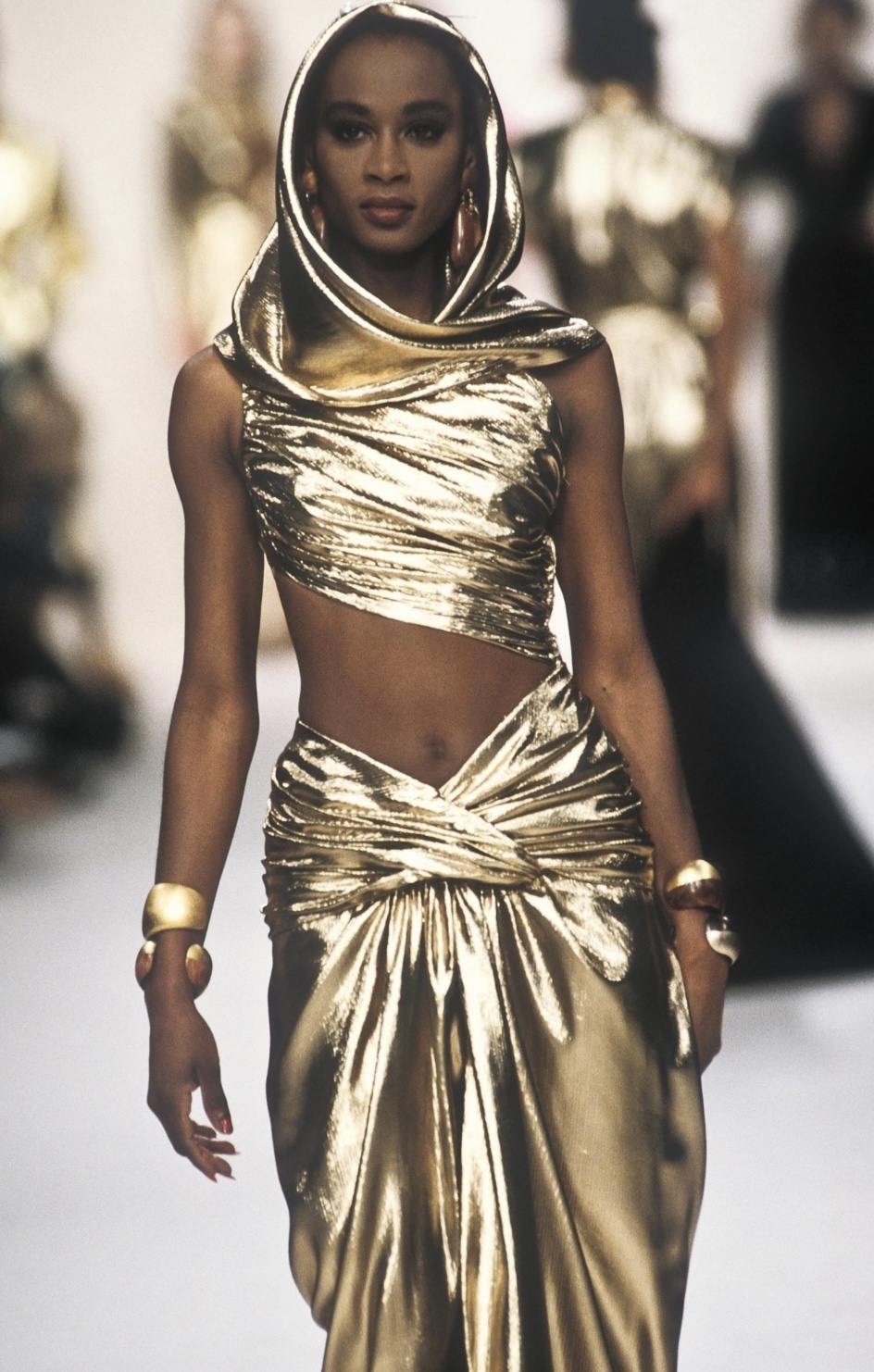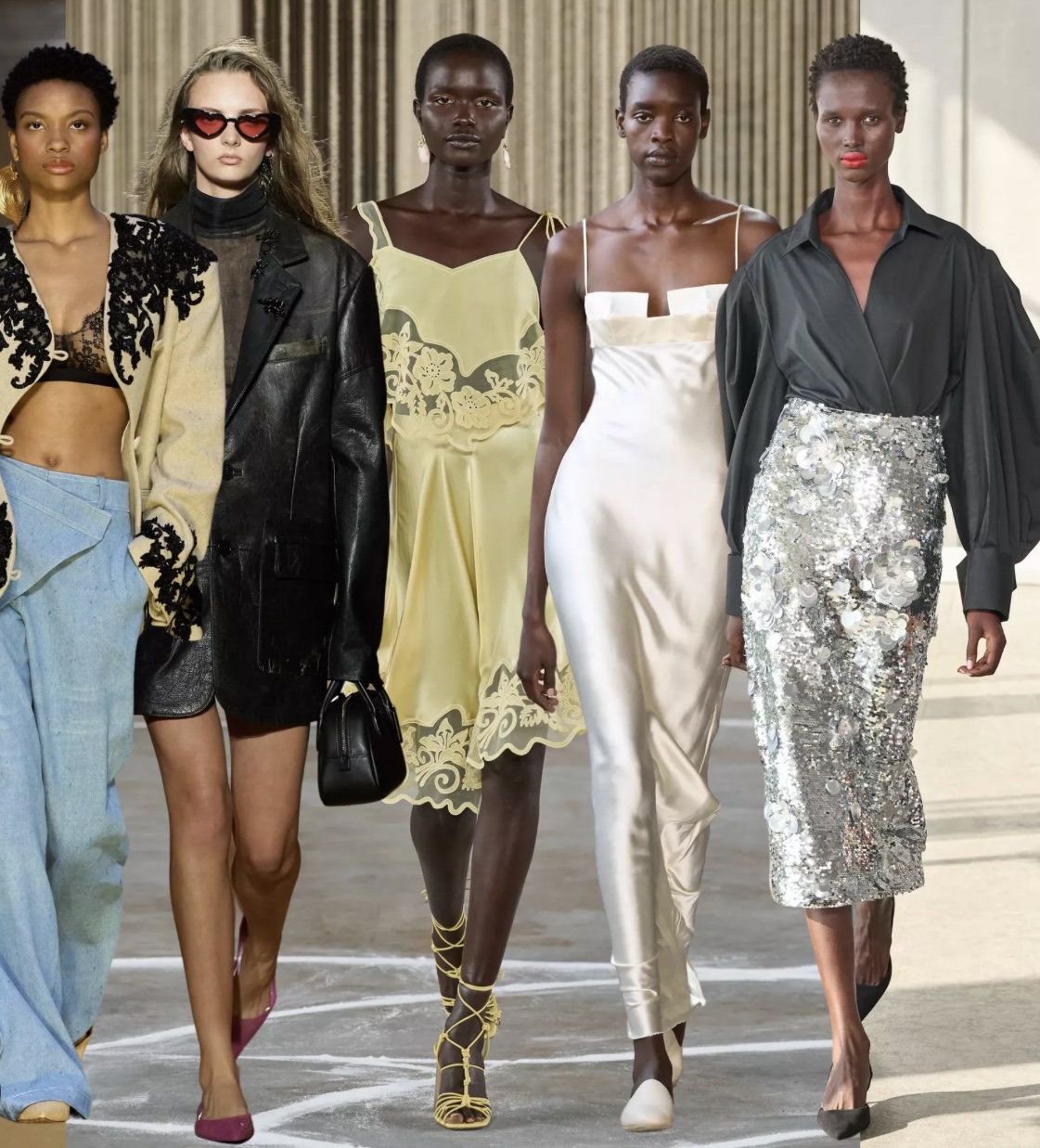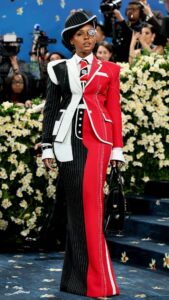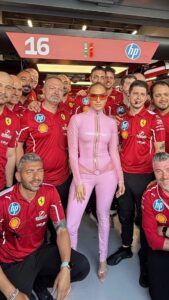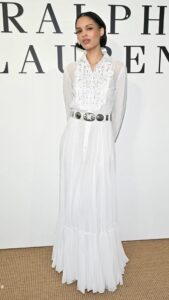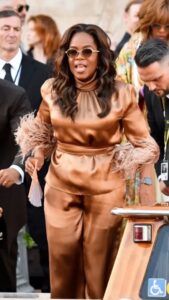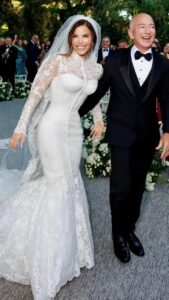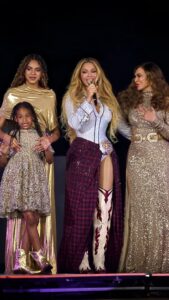Fashion weeks have long been criticized for their lack of diversity, particularly when it comes to the representation of black models. However, in recent years, there has been a noticeable shift towards inclusivity and a greater recognition of the need for representation on the runway.
Many fashion designers and industry insiders have started to challenge the status quo by actively seeking out black models to showcase their collections during fashion weeks. This change has been driven by a growing awareness of the importance of diversity and the realization that fashion should reflect the multicultural world we live in.
Black models bring a unique and refreshing perspective to the runway, infusing their own cultural backgrounds and experiences into the garments they wear. Their presence not only adds depth and authenticity to fashion shows but also allows for a wider range of styles and aesthetics to be celebrated.
Moreover, the increased visibility of black models during fashion weeks has had a profound impact on the fashion industry as a whole. It has inspired aspiring models from diverse backgrounds to pursue their dreams, knowing that they too can make a mark in an industry that was once predominantly exclusive.
Fashion weeks have become a platform for celebrating the beauty and diversity of black models, showcasing their talent and breaking down barriers. Designers are now more conscious of casting a diverse range of models, ensuring that their collections are accessible and relatable to people from all walks of life.
While progress has been made, there is still work to be done. The fashion industry must continue to push for greater representation, not only in terms of race but also in terms of body size, age, and gender identity. By embracing diversity in all its forms, fashion weeks can truly become a celebration of individuality and a reflection of the world we live in.
In conclusion, the inclusion of black models in fashion weeks is a positive step towards a more inclusive and representative industry. It not only challenges outdated beauty standards but also paves the way for a more diverse and accepting future. As fashion continues to evolve, it is crucial that black models and other underrepresented groups are given the platform they deserve, allowing their voices to be heard and their talent to shine.
